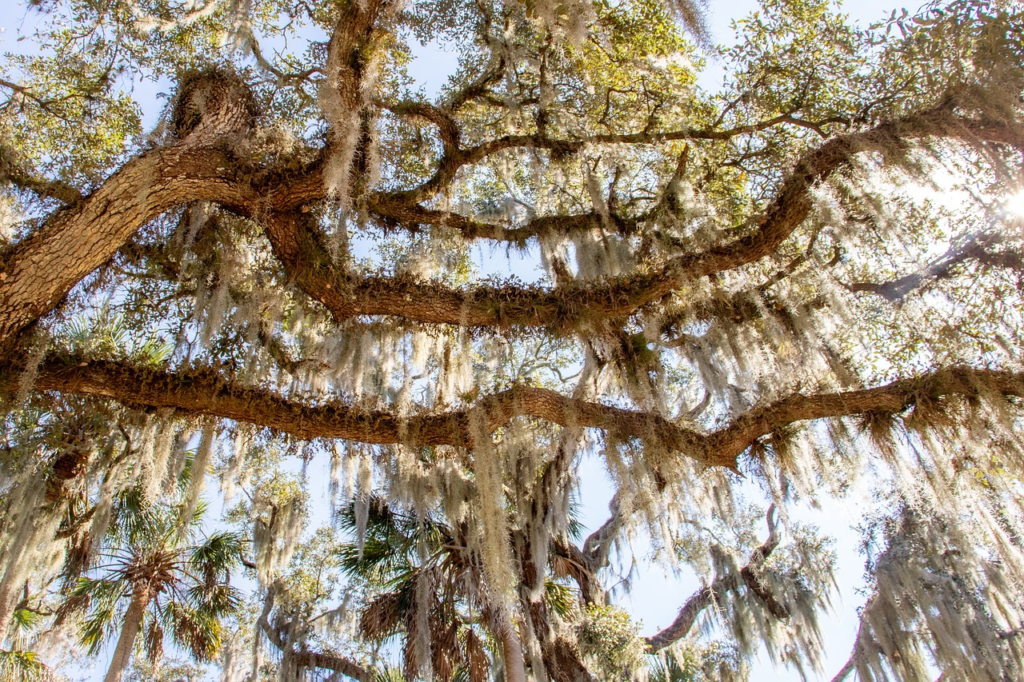
For hundreds of millions of years, trees have been an essential part of the Earth’s environment. From a very young age, we are taught about the importance of trees and all the services they provide. However, many people are not aware of the different “categories” of trees or which kinds of trees belong in different places. In many parts of the world, there are trees, bushes, insects, reptiles, mammals, and all sorts of other organisms that live somewhere where they are not considered native. Being “native” to an area means that the organism originated there and belongs in that area permanently. A “non-native” organism is one that lives in an area in which it does not belong and was brought there by unnatural means. Some of these means include trees brought to Florida for aesthetic landscaping purposes, even though the species did not originate here. The state of Florida is, unfortunately, one of the areas of the world that is riddled with non-native species. This highlights the importance of getting to know the native species of Florida!
Florida has over 300 native tree species, which is more than almost every other state in the U.S. This is a very wide-ranging list because of the many different ecosystem types found in Florida. There are three mangrove species found in Florida: the red, black, and white mangrove trees, many of these populations being found in the Florida Keys. There are also many tree species found in the Everglades, including Cypress trees like the bald cypress and pond cypress species, or the hardwood hammocks. In other parts of Florida, there are countless pine tree species like the longleaf, shortleaf, sand, slash, and spruce pines. There are also many different oak tree species found native to Florida like the Red, White, Live, and Shumard oaks. All these tree species are just a fraction of the number of native tree species found in Florida and each of them plays a niche role in the ecosystem, upholding the biodiversity of the beautiful state.
Trees offer many natural services for humans including things like shade and air filtration. They can also have positive impacts on longevity and cause a decrease in stress levels in humans who spend time around them. Additionally, native trees also help ensure Florida’s environment is kept natural and preserved for as long as possible. Trees also store carbon and use carbon dioxide (a greenhouse gas) to produce oxygen. By absorbing water through their roots and releasing it as water vapor (evapotranspiration), trees cool the air around them. By preserving native tree species, other animals and organisms in the environment are positively impacted because of the availability of natural resources like food, water, and habitats that are provided to them. One of the best ways you can incorporate more native Florida species into the environment is by bringing some native trees into your own backyard. Many of these tree species act as great outlets for landscaping, offering a variety of different types and sizes to fit almost any area. Because they are native and adapted to the Florida environment, they require less maintenance and are resistant to most diseases and pests.
May 16th is National Love a Tree Day so make sure to get outside, show some appreciation for trees around you, and maybe plant a native Florida tree!